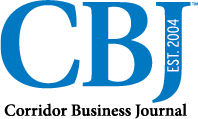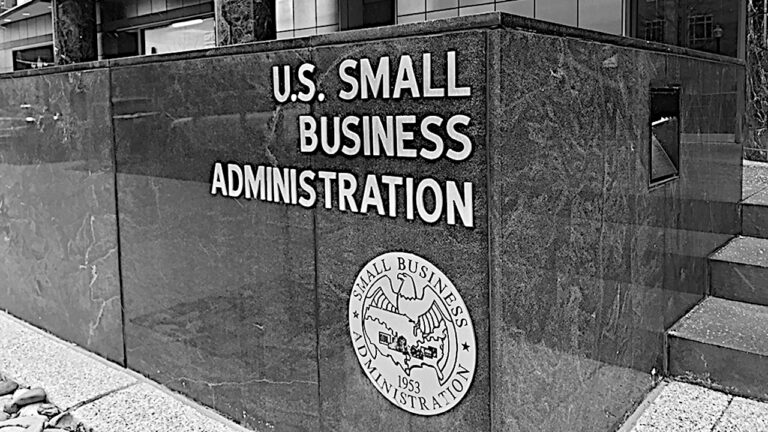The Iowa Leading Indicators Index (ILII) increased to 106.6 in January 2025 from 106.3 in December 2024, a slight increase of .3%, according to the latest report from the Iowa Department of Revenue.
The monthly diffusion index increased to 62.5 in January 2025, from 37.5 in December 2024. The Iowa nonfarm employment coincident index recorded a .02% increase in January 2025. Revisions to the nonfarm employment index resulted in the nonfarm employment index decreasing in September 2024 through December 2024, for the first time since March 2021.
Long-term trends in the ILII suggest that nonfarm employment will increase over the next three to six months, according to the Iowa Department of Revenue report.
The ILII was constructed to signal economic turning points with two key metrics that, when seen together, are considered a signal of a coming contraction: a six-month annualized change in the index below -2.0% and a six-month diffusion index below 50.
Five of the eight component indicators increased more than .05% over the last half-year: average manufacturing hours, diesel fuel consumption, the Iowa Stock Market index, the national yield spread, and residential building permits. The agricultural futures profits index (AFPI) and initial unemployment insurance claims (inverted) were the components to decrease by more than .05% over the last six months.
Average weekly manufacturing hours was the strongest positive contributor to the ILII in January 2025. The 12-month moving average increased to 40.96 in January from a revised 40.73 in December. In January, average hours were 41.3, over a half hour above the historical monthly average (1996-2024).
Residential building permits, initial unemployment insurance claims (inverted), and the Iowa Stock Market Index went from detractors in December 2024 to contributors in January 2025. Diesel fuel consumption went from a contributor in December 2024 to a detractor in January 2025.
The AFPI was the strongest detractor to the ILII in January 2025. During January 2025, this component detracted 0.07 from the ILII, with expected profit decreases in both crop commodities and livestock commodities.
Compared to last year, new crop corn prices were 6% lower, while soybean prices were 13.8% lower. The January crush margin for cattle decreased 15.1% from December, while the crush margin for hogs decreased 5.2% from December.








